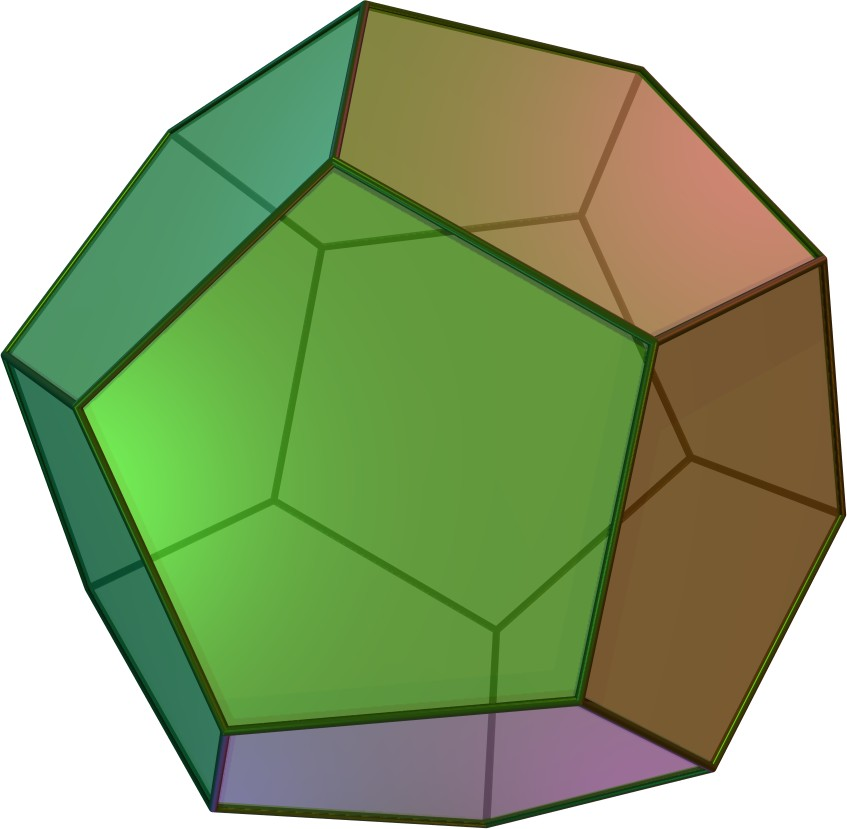Problems
Find all functions \(f\) from the real numbers to the real numbers such that \(xy=f(x)f(y)-f(x+y)\) for all real numbers x and y.
There are two imposters and seven crewmates on the rocket ‘Plus’. How many ways are there for the nine people to split into three groups of three, such that each group has at least two crewmates? The two imposters and seven crewmates are all distinguishable from each other, but we’re not concerned with the order of the three groups.
For example: \(\{I_1,C_1,C_2\}\), \(\{I_2,C_3,C_4\}\) and \(\{C_5,C_6,C_7\}\) is the same as \(\{C_3,C_4,I_2\}\), \(\{C_5,C_6,C_7\}\) and \(\{I_1,C_2,C_1\}\) but different from \(\{I_2,C_1,C_2\}\), \(\{I_1,C_3,C_4\}\) and \(\{C_5,C_6,C_7\}\).
Let \(n\) be a natural number, and let \(d(n)\) be the number of factors of \(n\). For example, the factors of \(6\) are \(1,2,3,6\), so \(d(6)=4\). Find all \(n\) such that \(d(n)+d(n+1)=5\).
Draw the plane tiling with regular hexagons.
Let \(\sigma(n)\) be the sum of the divisors of \(n\). For example, \(\sigma(12)=1+2+3+4+6+12=28\). We use \(\gamma\) to denote the Euler-Mascheroni constant - one way to define this is as \(\gamma:=\lim_{n\to\infty}(\sum_{k=1}^n\frac{1}{n}-\log n)\).
Prove that \(\sigma(n)<e^{\gamma}n\log\log n\) for all integers \(n>5040\).
Let \(a\) and \(b\) be two different \(9\)-digit numbers. It is known that each one of them contains all of the digits \(1,2,...9\). Find the maximal value of \(\gcd(a,b)\).
Take a regular dodecahedron as in the image. It has \(12\) regular pentagons as its faces, \(30\) edges, and \(20\) vertices. We can cut it with planes in various ways and the cut will be a polygon on a plane. Find out how many ways there are to cut a dodecahedron with a plane so that the polygon obtained is a regular hexagon.

For an odd number \(N\) denote by \(A\) the minimal positive difference between prime divisors of \(N\), denote by \(B\) the minimal positive difference between composite divisors of \(N\). Usually we have \(A<B\), but can we have \(A>B\)? (Disregard numbers such as \(15\) where one of \(A\) or \(B\) is not defined)
Let \(n\) be an integer bigger than \(1\), and \(p\) a prime number. Suppose that \(n\) divides \(p-1\) and \(p\) divides \(n^3-1\). Prove that \(4p-3\) is a square number.
Let \(n\) be a composite number. Arrange the factors of \(n\) greater than \(1\) in a circle. When can this be done such that neighbours in the circle are never coprime?